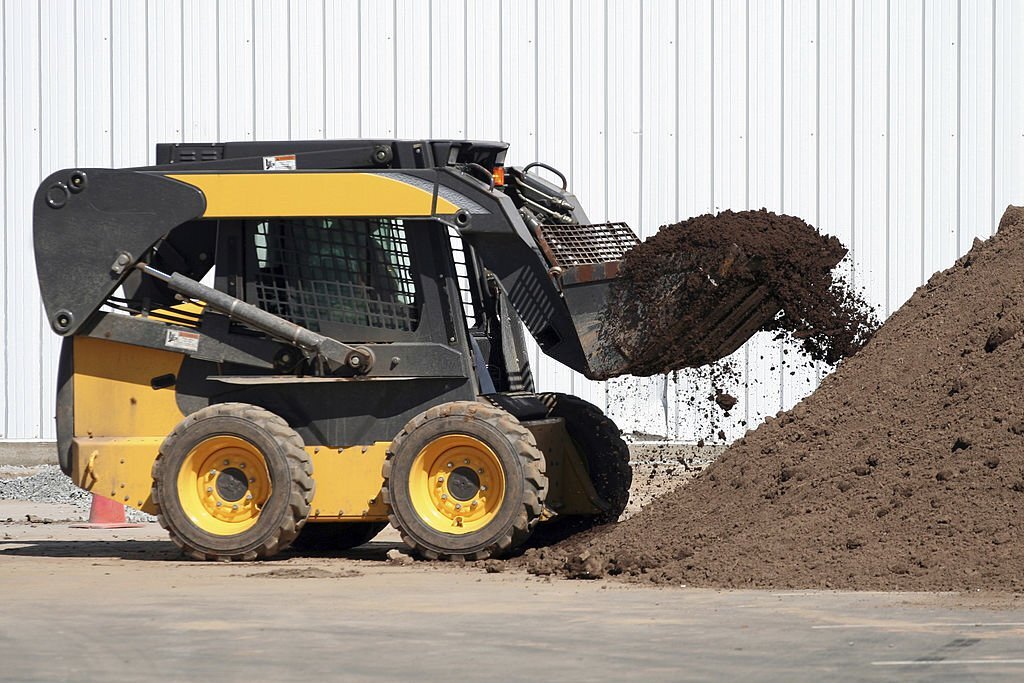Selecting the right skid steer loader for a specific task is vital to ensure efficiency, productivity, and safety. With a multitude of models and features available, choosing the appropriate skid steer loader requires careful consideration of various factors. In this comprehensive article, we will explore the primary considerations when selecting a skid steer loader for a specific task. Understanding factors such as size, lift capacity, maneuverability, attachment compatibility, and operator comfort will empower you to make informed decisions and optimize the performance of your skid steer loader in various applications.

1. Task Requirements
Identify the Task: Clearly define the specific task or tasks the skid steer loader will perform to understand the machine’s necessary capabilities.
Load Requirements: Determine the average and maximum loads the skid steer loader will handle during the task.
Reach and Height: Assess the required reach and lift height, especially if the task involves working at elevated levels or within confined spaces.
2. Size and Compactness
Machine Size: Choose a skid steer loader that fits the available workspace without compromising maneuverability.
Compact Design: Opt for a compact skid steer loader that can access tight spaces and navigate through narrow passages.
Weight Considerations: Ensure the skid steer loader’s weight is suitable for the terrain and ground conditions of the work site.
3. Lift Capacity
Rated Operating Capacity (ROC): Select a skid steer loader with a ROC that comfortably handles the heaviest loads anticipated for the task.
Lift Height: Consider the maximum lift height required to complete the task efficiently.
Stability: Ensure the skid steer loader’s stability remains intact even when lifting heavy loads.
4. Maneuverability
Turning Radius: Evaluate the skid steer loader’s turning radius to determine its ability to maneuver in confined spaces.
Articulation: Choose a skid steer loader with excellent articulation for improved handling and maneuverability.
Four-Wheel Drive (4WD): Consider 4WD models for better traction and performance on uneven terrain.
5. Attachments Compatibility
Versatility: Ensure the skid steer loader is compatible with a wide range of attachments to perform various tasks without the need for additional equipment.
Quick Attach System: Opt for skid steer loaders with a quick attach system, allowing for fast and convenient attachment changes.
Attachment Options: Consider the specific attachments required for the task and verify compatibility with the chosen skid steer loader.
6. Operator Comfort and Safety
Ergonomics: Prioritize skid steer loaders with ergonomic designs, comfortable seating, and easy-to-reach controls to reduce operator fatigue.
Visibility: Choose models with excellent visibility from the operator’s seat for enhanced safety during operation.
ROPS and FOPS: Ensure the skid steer loader is equipped with Rollover Protective Structure (ROPS) and Falling Object Protective Structure (FOPS) for operator safety.
7. Fuel Efficiency and Operating Costs
Engine Efficiency: Select skid steer loaders with fuel-efficient engines to reduce operating costs.
Maintenance Costs: Consider the maintenance requirements and costs associated with the chosen skid steer loader.
Resale Value: Research the brand’s reputation for holding value over time, as this can impact the skid steer loader’s resale value.
Conclusion
Choosing the appropriate skid steer loader for a specific task is crucial to ensure optimal performance, productivity, and safety. By considering factors such as size, lift capacity, maneuverability, attachments compatibility, operator comfort, fuel efficiency, and operating costs, you can make informed decisions and select the ideal skid steer loader for your specific application. Understanding these primary considerations will empower you to maximize the efficiency and effectiveness of your skid steer loader, enabling you to tackle a wide range of tasks with confidence and ease.

